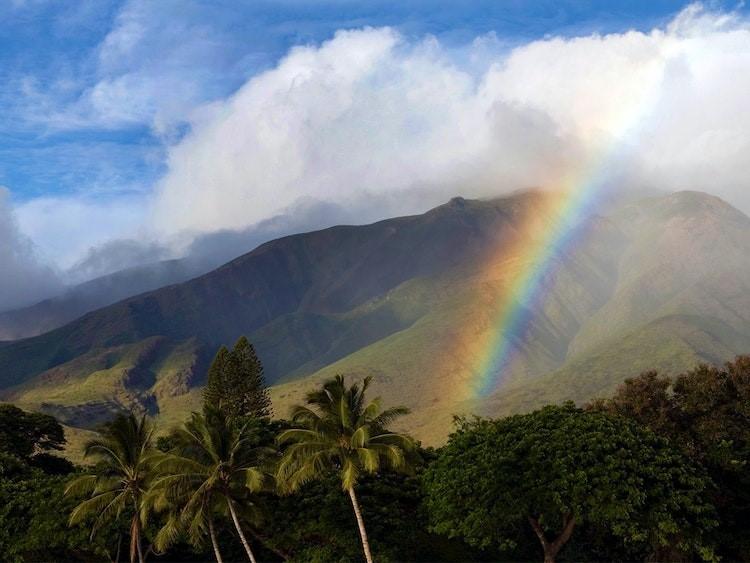
3 minute read
Lahaina Maui 15th. October 2023
Historic whaling village and Maui hotspot
On the west side of Maui. Once known as Lele, which means “relentless sun” in Hawaiian, Lāhainā is a historic town that has been transformed into a Maui hotspot with dozens of art galleries and a variety of unique shops and restaurants. Once the capital of the Hawaiian Kingdom in the early nineteenth century, Lāhainā was also a historic whaling village during the whaling boom of the mid-1800s. Up to 1,500 sailors from as many as 400 ships took leave in Lāhainā, including Herman Melville, who immortalized the era in his classic novel Moby Dick. Today, Lāhainā is on the National Register of Historic Places. You can still get a feel for old Lāhainā as you stroll down lively Front Street, ranked one of the “Top Ten Greatest Streets” by the American Planning Association. Visit historic stops like the U.S. Seamen’s Hospital, Hale Paʻahao (Lāhainā Prison), the Pioneer Inn, Maui’s oldest living banyan tree and other sites on the Lāhainā Historic Trail. Approximately 55 acres of old Lāhainā have been set aside as historic districts. Immerse yourself in Maui and the Hawaiian culture by learning about the ancient mode of seafar-
Honolulu 16th. October 2023
Visit the famous and infamous Pearl Harbor. At the Arizona Memorial Visitor Center, you will view a 23-minute film depicting the events of the 1941 Pearl Harbor attack and the aftermath. Embark on a tour of metropolitan Honolulu, taking in the downtown area, City Hall, and the authentic Chinatown district. Other sights include the Iolani Palace (the only royal palace on American soil), Kawaiahao Church, the impressive statue of King Kamehameha, the Hawaii State Capitol, the governor's mansion, and the quaint homes of the early missionaries.
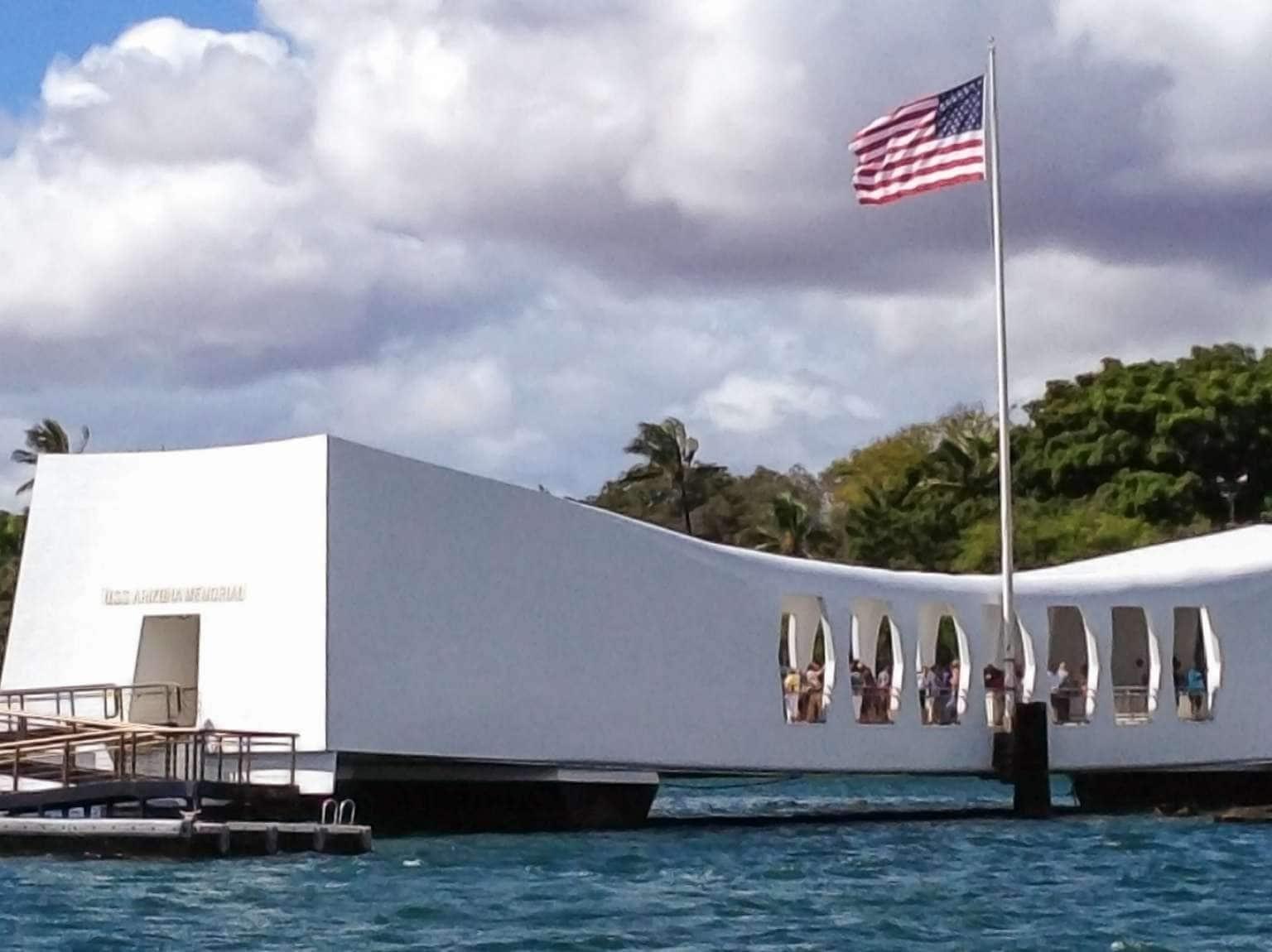
Experience the serenity of the National Memorial Cemetery of the Pacific as you drive through Punchbowl Crater.
Visit the famous Nuuanu Pali Lookout for a spectacular view of the windward coast of Oahu. Pali is where King Kamehameha the Great vanquished his enemies and unified the Kingdom of Hawaii.
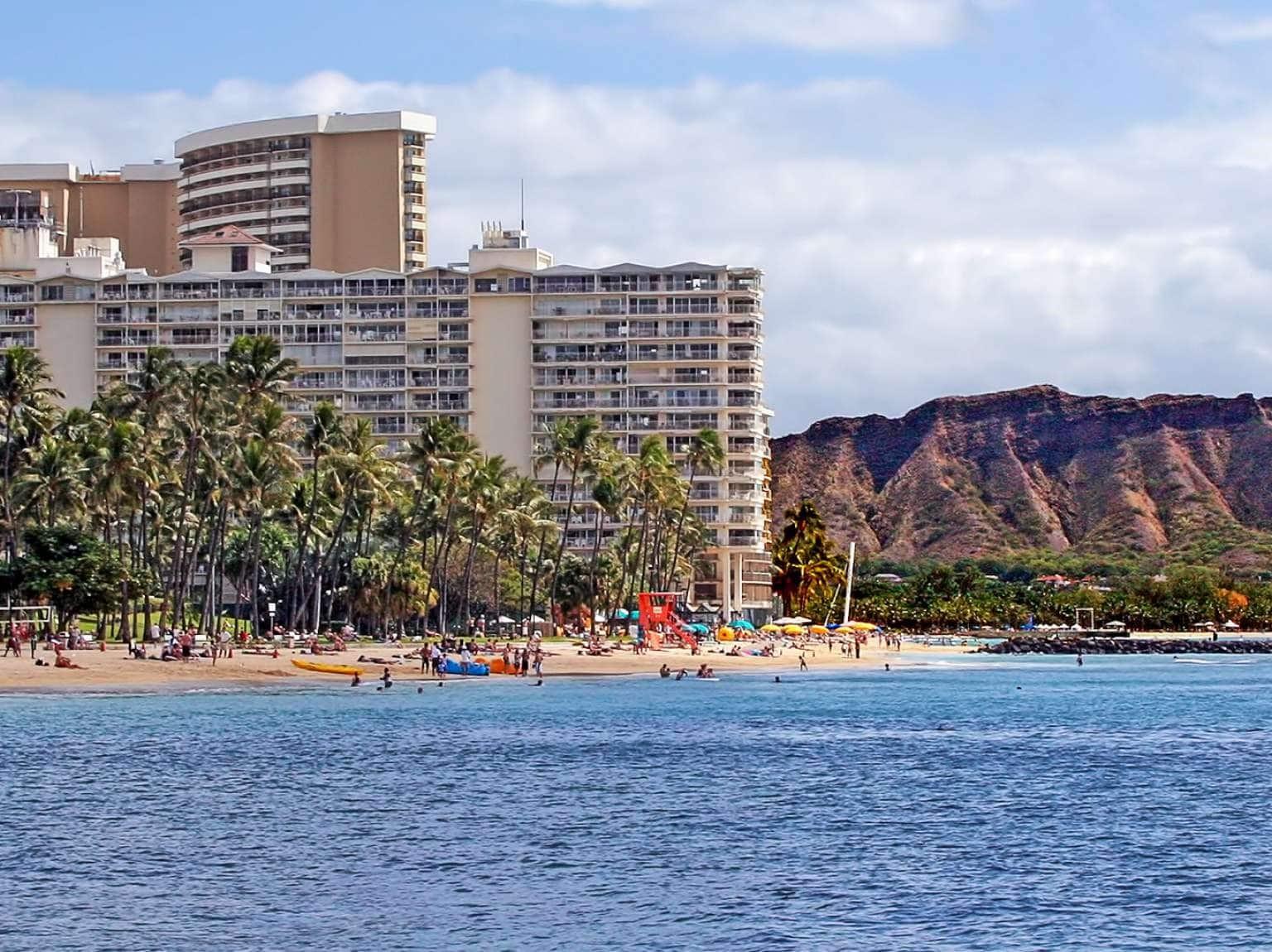
Kona 17th. October 2023
Both culturally and geographically, Hawaii's Big Island divides into exact halves. The east is jungly, dark and prone to lava flows. The other side, the Kona side, grows all the coffee, and everyone wakes up really, really early. You might even see someone break the speed limit there, which is inconceivable elsewhere in the islands. Much of this drier region almost resembles a desert. But the shapes of the hills and the way rain snags on ridges means Kona holds hundreds of microclimates. That's how the coffee growers have flourished: Variations of only a few feet in altitude can result in very different brews. Some farms cover barely an acre; others sprawl enough to encompass two or three varietals. Either way, the beans are babied—from bush to cup—by hand. Thankfully, plenty of places exist to play and burn off a little caffeine around Kona. History lies thick on the ground, from Kamehameha's heiau (temple) to the sacred buildings of Puuhonua O Honaunau ("The Place of Refuge") to the bay where Captain Cook breathed his last. Whales love the Kona side, spinner dolphins live up to their names, and giant mantas slowly barrel roll up from the depths. Half an island is world enough.
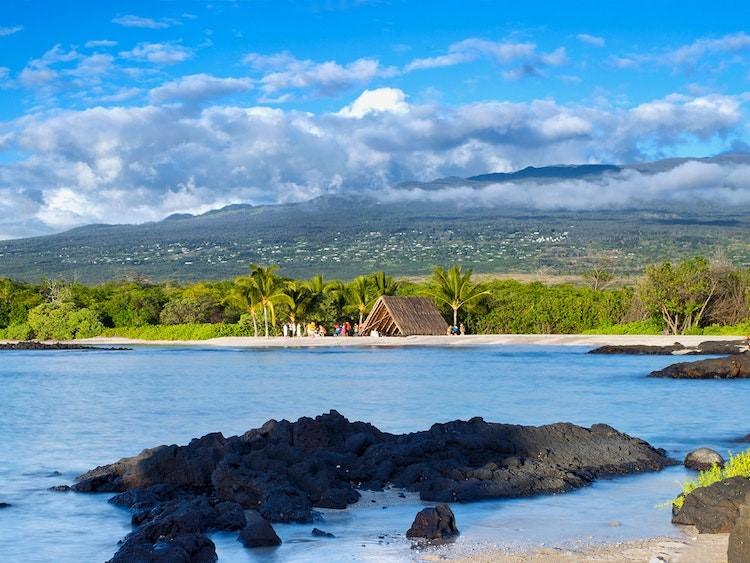
Scenic Cruising Kilauea Volcano 17th. October 2023
Watch from your ship’s wraparound deck as Mt. Kilauea spews red-hot lava into the sea and the goddess Pele continues her island-building work. Have your camera handy for this remarkable sight.
During a leisurely day at sea, few places help you refresh, relax and rejuvenate like the Greenhouse Spa & Salon®. This heavenly retreat nurtures every aspect of your well-being with renowned spa rituals and healing touches. In the spa, pamper your skin with facial treatments featuring premium, naturally sourced ingredients. Nurture your body, too, with massage treatments employing time-honored, hands-on massage techniques gleaned from around the world.

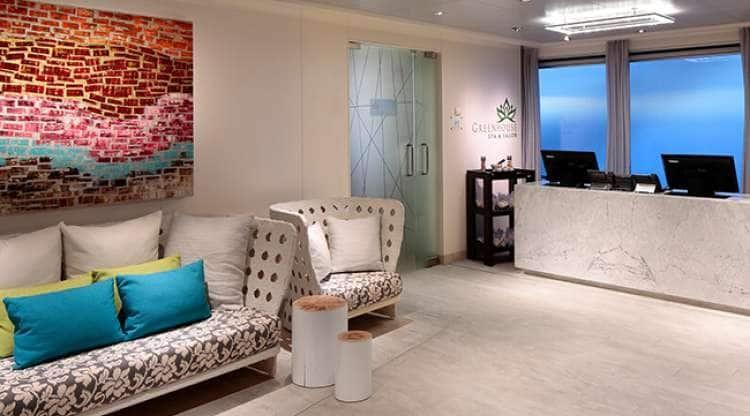
At sea 19th. October 2023 Cross Dateline
Travelers flying or cruising across the Pacific Ocean get to experience the only-one-place-in-theworld feeling of adding or losing a day within the span of a second. The International Date Line is the longitudinal boundary between where one day starts (to the west) and another day ends (to the east). It runs roughly along the 180th meridian of longitude in the middle of the ocean—with some exceptions in the southern Pacific, where sovereign islands opted for one side over the other for commercial reasons. The Date Line was initially proposed by astronomers from 25 countries at a conference in 1884, but took until the early 1900s to become standardized globally. After a few adjustments, the position of the Date Line was formalized in 1921.








